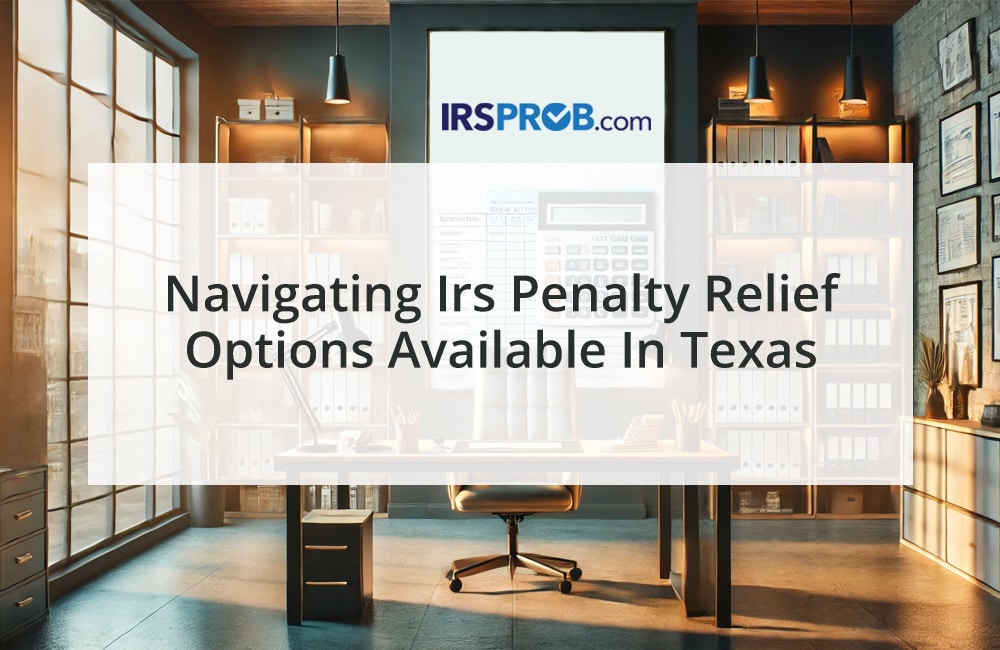
When it comes to selling your principal residence, understanding how to maximize the available tax breaks can make a significant difference in your financial outcome. The federal income tax gain exclusion break, which allows homeowners to exclude a portion of their home sale gains from taxation, is one of the most valuable tax benefits available. Here’s what you need to know to take full advantage of this opportunity, especially if you are a business owner or a homeowner looking to minimize your tax liabilities.
Understanding the Principal Residence Gain Exclusion
The principal residence gain exclusion is a powerful tax tool that can help homeowners exclude up to $250,000 (or $500,000 for married couples filing jointly) of capital gains from the sale of their home. To qualify, you must pass both the ownership and use tests:
- Ownership Test: You must have owned the home for at least two years during the five-year period ending on the sale date.
- Use Test: You must have lived in the home as your principal residence for at least two years during that same five-year period.
These tests are independent, meaning that the periods of ownership and use do not need to overlap. If you meet these criteria, you can exclude the gain without having to complete any special tax forms.
Special Considerations for Business Owners
If you use a portion of your home for business purposes, such as a home office, it’s important to note that any gain attributable to the portion of the home used for business may not be fully excludable. The IRS requires that any depreciation claimed for the business use of your home after May 6, 1997, must be recaptured as taxable gain. This portion of the gain will be taxed at a maximum federal rate of 25%.
However, if the business use is within the same dwelling unit as your residence (for example, a home office in a bedroom), you may still qualify to exclude the residential portion of the gain.
The Anti-Recycling Rule
Another important rule to consider is the anti-recycling rule, which generally prohibits you from excluding gain from the sale of a principal residence if you have excluded gain from another home sale within the two-year period prior to the sale of your current home. This rule is designed to prevent taxpayers from repeatedly taking advantage of the exclusion within short timeframes.
Prorated Exclusions for Premature Sales
If you fail to meet the ownership and use tests or run afoul of the anti-recycling rule, you may still be eligible for a prorated exclusion under certain circumstances, such as:
- Change in Employment: A move due to a new job location at least 50 miles farther from your previous home.
- Health Reasons: A sale primarily due to health-related issues.
- Unforeseen Circumstances: Events that could not have been reasonably anticipated, such as divorce, multiple births from a single pregnancy, or an involuntary conversion of the property.
The prorated exclusion is calculated by multiplying the full exclusion amount ($250,000 or $500,000) by the fraction of the two-year period that you met the ownership and use tests.
Tax-Saving Strategies: Combining with a 1031 Exchange
For those with significant appreciation in their property, consider combining the principal residence gain exclusion with a Section 1031 like-kind exchange, especially if you plan to convert your home into a rental property. A Section 1031 exchange allows you to defer taxes on the gain from your home sale by exchanging it for a similar property that will be used for business or investment purposes.
For instance, if you convert your home into a rental property and then exchange it for another rental property, you could exclude up to $500,000 of gain under the principal residence exclusion and defer the remaining gain under the Section 1031 exchange rules. This strategy requires careful planning and typically a holding period of at least two years as a rental property before the exchange.
Final Thoughts
Navigating the tax implications of selling your principal residence can be complex, especially when business use or multiple properties are involved. By understanding the rules surrounding the principal residence gain exclusion, the anti-recycling rule, and the potential for prorated exclusions, you can significantly reduce your tax liability. Combining these strategies with a Section 1031 exchange can further enhance your tax savings, allowing you to keep more of your hard-earned money.
For personalized advice and to ensure you’re taking full advantage of all available tax breaks, consider consulting with a tax professional who can guide you through the specifics of your situation.









